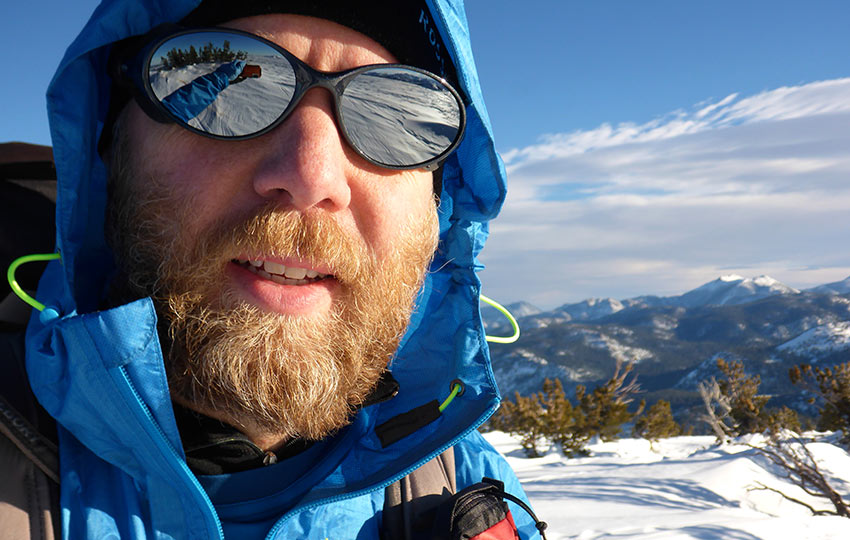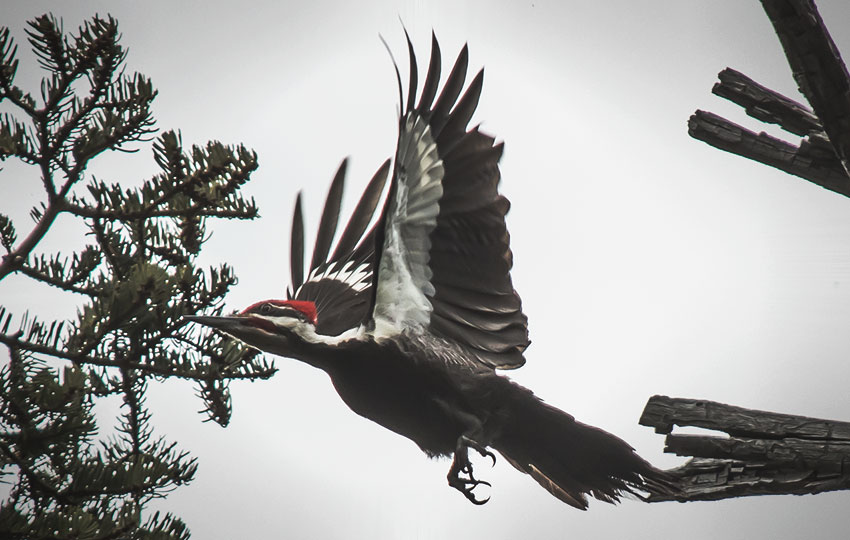
In a time where “it didn’t happen if you didn’t get a picture,” there’s pressure to constantly be documenting. We’ve all seen that yahoo stuck behind their camera or device trying desperately to capture an experience at its zenith. But, in their mania, they wind up missing the actual moment. They were either too busy fiddling around with their device, or the device effectively became a barrier between them and the experience.
But I refuse to believe that we’ve become incapable of fully experiencing an event unless it’s through a lens or on a screen.
We all want to capture and share our experiences. I get that, especially when it comes to being in the backcountry. I’ve had a lot of diverse experiences in my relatively short life. However, without photos or journals, I simply can’t remember them all.
Support Tahoe Trail Guide with a financial contribution via PayPal (single contribution) or Patreon (reoccurring contributions). Your support of Tahoe Trail Guide is very much appreciated!

Not that the point is to remember everything that we’ve ever done. That would be madness. We’d be trapped in the past. Friends always remind me of memorable experiences that I’ve had, yet couldn’t recall on my own.
This is a great reason to keep in touch with friends. What happens when they’re gone, though? What happens when I’m gone? As a famous on-screen android once said…
“All those moments will be lost in time, like tears in rain.”
So, I totally understand the desire to record your life experiences.
But how do you strike a balance between being a part of an experience and being apart from the experience?
How will documenting a backcountry trip influence or interrupt your experience?
Can documenting an adventure actually enhance your experience?
Is it possible that by documenting your experience, you could be causing harm to nature?
With those questions in mind, I plan to discuss over the course of this series of articles…
- Tips for documenting your outdoor adventure from an artist’s perspective
- Tips to documenting your outdoor experience from a naturalist’s perspective
- Ways in which you can share your outdoor experience
- Discussions about the pros/cons of documenting and sharing your outdoor experience
In addition, I’ll share some other thought-provoking concepts to keep things interesting.
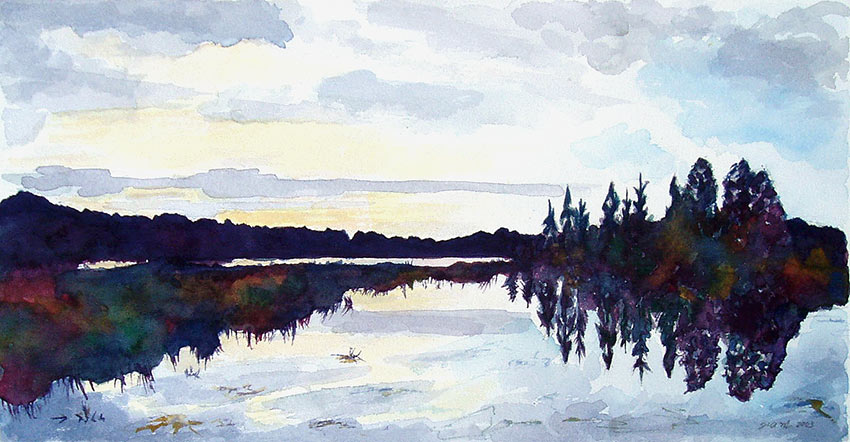
Please note that it’s not my intention to post comprehensive essays on every detail imaginable about each lesson. Nor will I write these articles as a progression of techniques like you would find in a traditional classroom.
Instead, I’ll create these articles as easily digestible and stand-alone lessons.
Many of the lessons will be universal on some level. For example, composition is relevant to photography, sketching, and capturing video.
Obviously there are unique considerations to each of these disciplines. However, always consider how one lesson will translate to another medium. This will aid in your assimilation of the techniques described.
All the posts related to these articles, will be located at Trip Documenting under Backcountry Skills (main menu).
You can find my backcountry-related stories by clicking the tag Trail Journal.
When I’ve produced enough articles in each subsection, I’ll separate them further. That will take time, however. So just continue to us the Trip Documenting option. The four main mediums of interest that I’ll discuss are as follows.
- Photography
- Writing
- Artwork
- Video
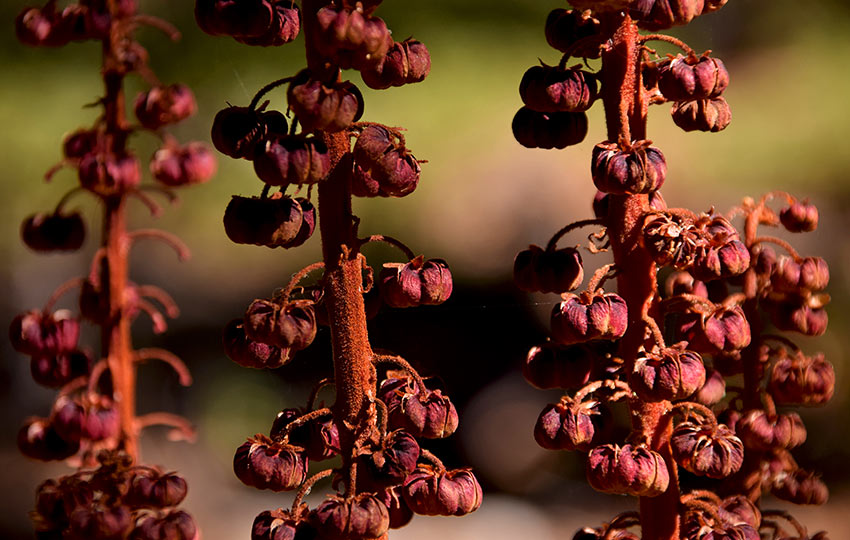
I don’t recommend going out and buying a bunch of brand new, specialized gear or supplies. Use what you already own for the time being.
Compile a wish list while learning to maximize your current tools and equipment. I always take notes and research replacement/upgraded gear that could augment my artistic process.
Again, plan to upgrade your gear over time not over a weekend.
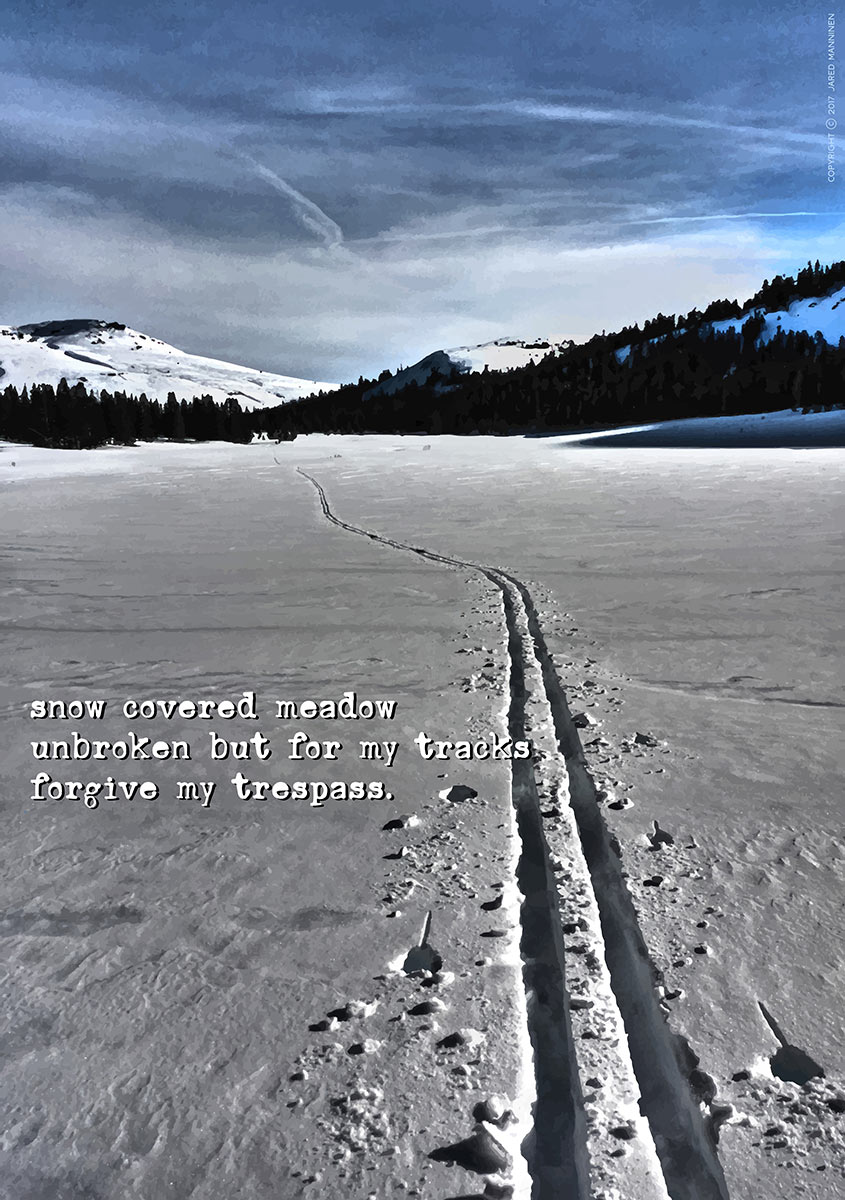
One last note… when it comes to “teaching,” I care more about principles and broad concepts than specific details. So, my intention is to encourage you to deepen your outdoor experience and produce better quality work.
I’m not trying to teach you how to become an award-winning artist or writer. I can’t teach you to gain millions of followers on social media and become instafamous. Neither of those are my business.
I hope you achieve material success as a result of some lesson I’ve shared. But don’t expect it. In the countless years I’ve been throwing stuff at the walls, I’ve discovered that…
there are no special formulas, hidden techniques, or short-cuts that yield long-term financial success through your artwork.
According to Kody Chamberlain (one of my favorite creators), there are only two things you need to do in order to make that happen:
- 1) produce great art, and
- 2) show your great art to the right people
Easier said than done, I know, but it really is as “simple” as that.
